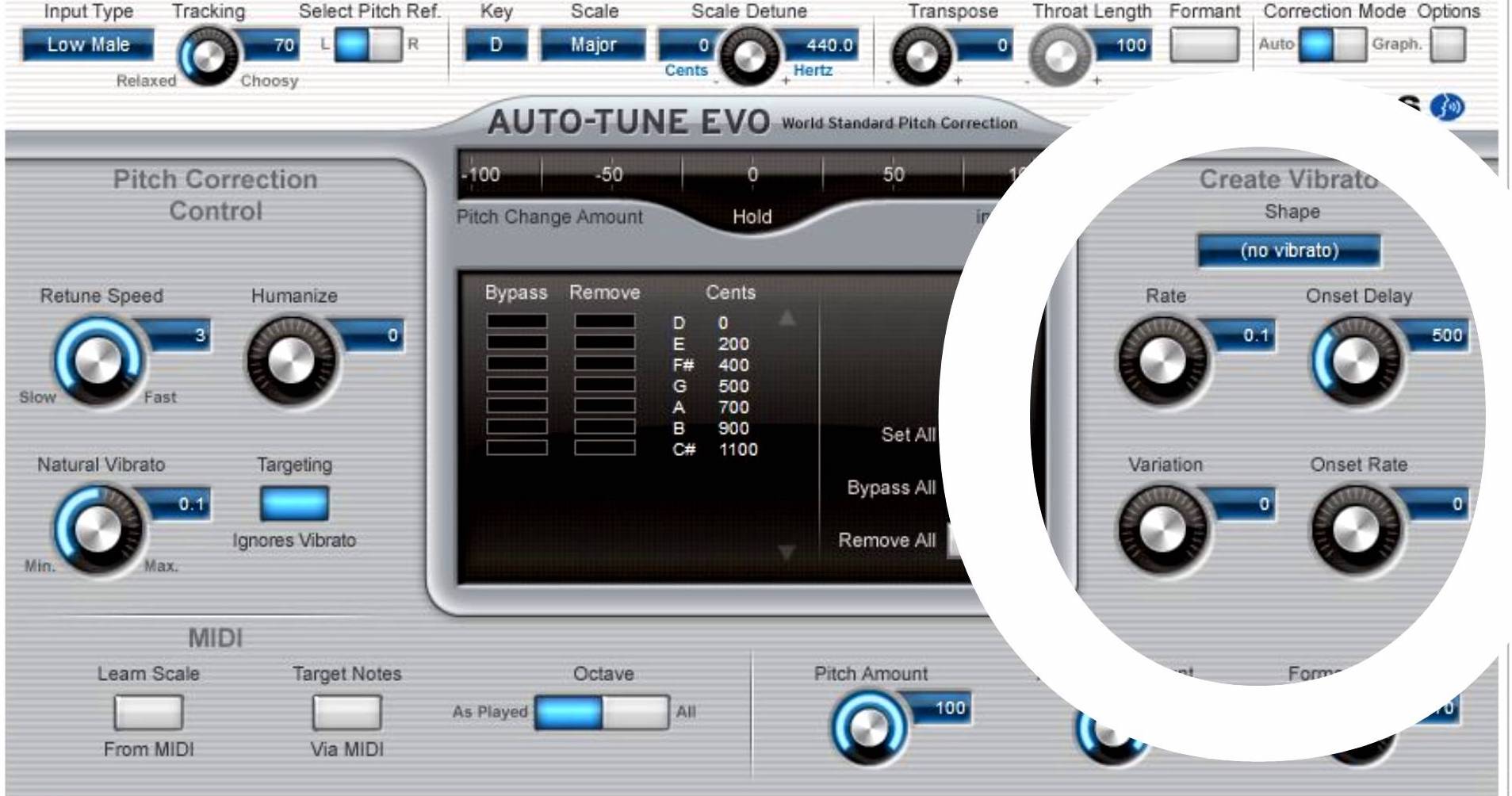

“I applied some of those techniques in oil exploration and applied some very similar and related techniques in music processing, including Auto-Tune.” The key to both seismic data exploration and Auto-Tune is the auto-correlation, the aforementioned equation that indicates when a signal repeats itself, thus identifying pitched data. “There’s a lot of standard techniques ,” Hildebrand says. Here, he found crossover between his previous career and new intellectual endeavors. A childhood flute prodigy and one-time session musician, he had always been interested in music and went back to school to study musical composition at Houston’s Rice University. Then in his early 40s and suddenly rich, Hildebrand retired. In 1996, Landmark Graphics was purchased by Halliburton, the multinational oil corporation then run by future Vice President Dick Cheney. Hildebrand casually notes that this system “changed the oil industry” by making it vastly easier to find and extract fossil fuels, and he’s not joking. This business dealt in seismic data exploration, using underground explosions and audio signal processing to map the Earth’s subsurface and locate oil deposits. He entered the oil industry after graduating, working at Exxon for three years before co-founding his own company, Landmark Graphics.

Hildebrand earned a Ph.D in electrical engineering from the University of Illinois in 1976. Hildebrand simply patented the technology first.
AUTO TUNE SOFTWARE
Purists remain offended that people with access to the software are able to manufacture singing ability, but technological perfection of the human voice was an inevitable aspect of the digitization of music beginning in the 1970s. There are people out there that definitely don’t need it, but use it anyway as a safety net.” “I think almost every big pop artist used it at one time or another. “I definitely think Auto-Tune is ubiquitous,” says Laura Escudè, who has done programming, arrangements, vocal effects and live show design for artists including Kanye West, Bon Iver and the Weeknd. This ubiquity is betrayed by the fact that most vocalists who use Auto-Tune will never admit it, preferring listeners believe their impeccable performance was a result of natural talent rather than digital manipulation. 20 years after its release, the pitch-correction device is indispensable in studios and live shows. The music industry answered with a definitive “whatever,” and continued its sweeping applications of the program. Critics argued that Auto-Tune’s ability to instantly perfect vocal and solo instrumental performances sucked the soul of out of music. While Auto-Tune’s signature robotic effect made it infamous, its primary function is infinitely broader and much trickier to discern. Like, ‘Yeah, I’m the guy who invented it.’” “You don’t want to sound like an idiot they hate Auto-Tune. “Usually I lay low to the world,” he says on the phone from his house in Scotts Valley, California. Put simply, Hildebrand had invented Auto-Tune. By measuring the distance between the waveforms of the signal, irregular pitches could be corrected, resulting in more uniform output. These repeated signals indicated pitched data. The basis of this sonic revolution is, on paper, fundamentally mundane: Hildebrand’s equation worked when an element called auto-correlation was triggered by the repetition of an incoming signal. The path this bookish inventor had forged would soon be populated with real and wannabe pop stars, rap legends, dance world cyborgs, media critics, indie rockers, Cher, an R&B singer with a predilection for top hats and thousands of other artists who have kept low profiles as they used, and abused, the system that had emerged from Hildebrand’s mind during those quiet days in the redwoods.


Hildebrand didn’t know it, but he had just redirected musical history. Eventually, during one of these voyages down the hall, the web of numbers transformed into a functioning algorithm. He transferred the numerical codes in his head onto a computer, observed how they reacted and then returned to his bedroom to contemplate the response. Through the windows, sunlight filtered through the ancient redwood forest of coastal California. Hildebrand intermittently emerged from under the blankets and walked down the hallway to his office.


 0 kommentar(er)
0 kommentar(er)
